Dental implants are the best way to replace missing teeth and also provide a fixed solution to having removable partial or complete dentures.
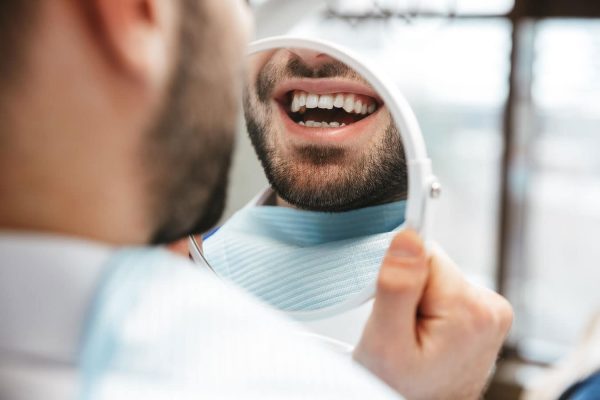

Implants provide excellent support and stability for these dental appliances. Dental implants are artificial roots and teeth (usually titanium) that are surgically placed into the upper or lower jaw bone. The teeth attached to implants are very natural looking and can enhance or restore a patient’s smile!
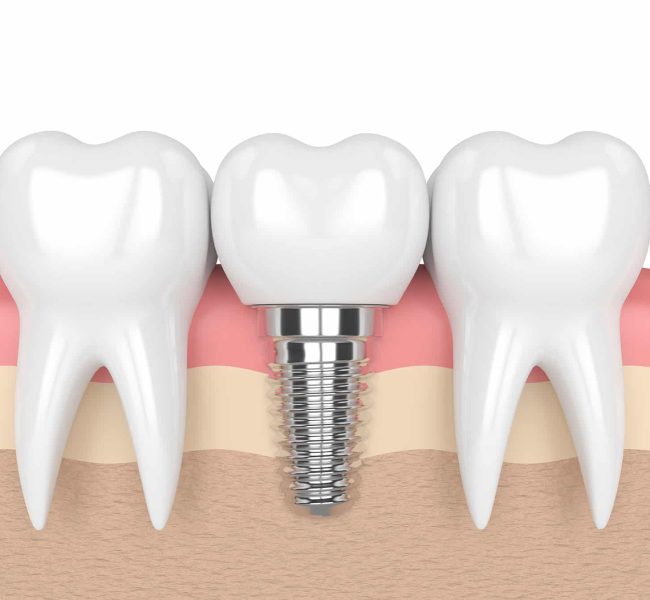
Dental implants are strong and durable and will last many years. On occasion, they will have to be re-tightened or replaced due to normal wear. Some reasons for dental implants include:
The first step is your free consultation with Dr. Sonia Kaur-Singh. This visit will include a complimentary panoramic x-ray and a comprehensive oral evaluation to assess the health and appearance of each and every tooth. Based on this evaluation, Dr. Kaur will be able to determine if dental implants are an option for you. We will be able to provide a general cost estimate at this time, but the complete treatment plan will require further diagnostics and surgical planning.
If you are ready to move forward with dental implants, a CT scan and models are taken of the jaw and teeth to determine bone, gum tissue, and spacing available for an implant. Dr. Kaur will consult with the dental lab to create a digital, 3-D plan of the implant placement.
Once that is complete, we will set up a second consultation to discuss the detailed treatment plan, including the total cost and each step involved. We will provide as much information as you need to feel comfortable with this investment in your oral health. We understand that this is a decision that is not to be taken lightly, so we take our time to ensure that you fully understand each aspect of the process.
Each individual case may require different associated procedures. Age, medical history, jaw bone density, jaw and sinus anatomy, and amount of time a tooth has been missing, are all factors to be considered in the overall treatment plan.
We typically recommended IV sedation for implant placement. While the area is numb, the implant will be surgically placed into the bone and allowed to heal and integrate itself for up to six months. Depending on the type of implant, a second surgery may be required in order to place the “post” that will hold the artificial tooth in place.
After several weeks of healing, the artificial teeth are made and fitted to the post portion of the anchor. Because several fittings may be required, this step may take one to two months to complete. After a healing period, the artificial teeth are securely attached to the implant, providing excellent stability and comfort to the patient.
You will receive care instructions when your treatment is completed. Good oral hygiene and eating habits, alongside regular dental visits, will aid in the life of your new implant.
If you have questions about dental implants, please contact our office at 586-573-4970 to schedule your free consultation with Dr. Kaur!
Physicians have relied on computerized axial tomography scans (CAT) for many years. CAT scans are an X-ray procedure that uses many different X-ray images with the help of computers to generate cross-sectional or even 3D views of internal organs and structures within the body. A knee replacement surgery, for example, would never be performed without first examining 3D imaging.
More recently however, dentists have begun to rely on 3D imaging techniques and i-CAT® scans to provide them with a detailed view of the mouth and skull. The advantage that 3D imaging holds over regular dental x-rays is that bone structure, bone density, tissues, and nerves can be viewed clearly.
i-CAT® scans can be completed in less than half a minute. This means that far less radiation enters the body than if a regular set of bitewing X-rays were taken. The main use for i-CAT® scans is as an aid to plan dental implant treatment and other oral surgery.
Dental implants are the most sophisticated replacement for missing teeth, but have historically proven to be time-consuming to place. i-CAT® scans vastly reduce the time it takes to place implants. It is thought that in the near future implants will be placed in a single visit because of this unique type of imaging.
i-CAT® scans are advantageous because they allow the dentist to magnify specific areas of the face. In addition, the dentist can easily view cross-sectional “slices” of the jaw, which makes planning treatment easier and faster.
Here are some of the main ways in which i-CAT® scans are used in dentistry:
i-CAT® scans are quick and simple to perform. A Cone Beam Imaging System is at the heart of the i-CAT® scanner. During the scan, the patient sits stationary on a designated seat. The cone beams are used to take literally hundreds of pictures of the face. These pictures are used to compile an exact 3D image of the inner mechanisms of the face and jaw. The dentist is able to zoom in on specific areas and view them from alternate angles.
Previous patients report the i-CAT® scanner is comfortable because they remain in a sitting position at all times. Additionally, the scanner provides an open environment, meaning that claustrophobic feelings are eliminated. The i-CAT® scan is an incredible tool that is minimizing the cost of dental treatment, reducing treatment time and enhancing the end results of dental surgery.
If you have questions or concerns about i-CAT® scans or 3D imaging, please contact our office.
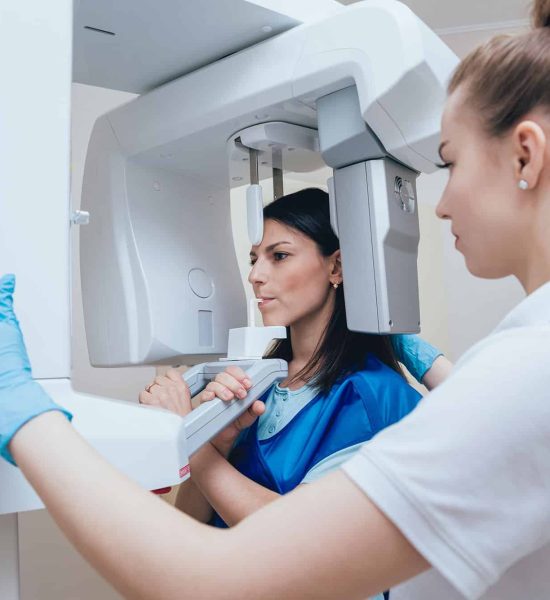
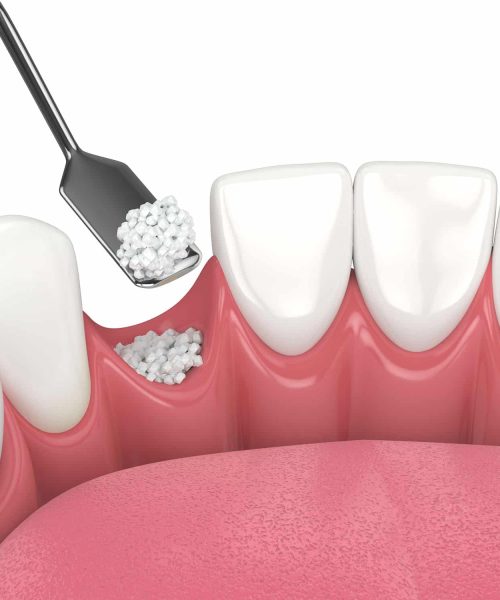
Bone grafting is often closely associated with dental restorations such as bridge work and dental implants. In the majority of cases, the success of a restoration procedure can hinge on the height, depth, and width of the jawbone at the implant site. When the jawbone has receded or sustained significant damage, the implant(s) cannot be supported on this unstable foundation and bone grafting is usually recommended for the ensuing restoration.
There are several major factors that affect jaw bone volume:
Bone grafting is a highly successful procedure in most cases. It is also a preferable alternative to having missing teeth, diseased teeth, or tooth deformities. Bone grafting can increase the height or width of the jawbone and fill in voids and defects in the bone.
There are essentially two basic ways in which bone grafting can positively impact the health and stability of the teeth:
Jaw Stabilization – Bone grafting stabilizes and helps restore the jaw foundation for restorative or implant surgery. Deformities can also be corrected and the restructuring of the bone can provide added support.
Preservation – Bone grafting can be used to limit or prevent bone recession following a tooth extraction, periodontal disease, or other invasive processes.
Oral Examination
Initially, the dentist will thoroughly examine the affected area in order to assess the general condition of the teeth and gums. If periodontal disease is present or the adjacent teeth are in poor condition, these factors will be fully addressed before the bone grafting procedure can begin. The dentist will also recommend panoramic x-rays in order to assess the precise depth and width of the existing bone. On occasion, a CAT scan may be recommended to determine the bone condition. Depending on these results, the dentist may also anesthetize the area and explore into the gum in order to determine what kind and how much bone is required.
The bone grafting procedure can often take several months to complete. This bone will fuse with the existing bone and the migration of cells will cause firm adhesion and cell growth. Supplementing the jaw with bone will result in greater bone mass to help support and anchor the implant(s).
During the surgery, the dentist will numb the grafting and extraction sites using local anesthetic. A small incision will be made to prepare the site for the new bone and it will be anchored into place. On occasion, a synthetic membrane may be used to cover the new bone. This membrane prevents soft tissue and bacterial invasions, and encourages new bone growth. The surgery does not require an overnight stay, and you will be provided with comprehensive instructions for your post-operative care. The dentist will prescribe medications to help manage infection, discomfort and swelling.
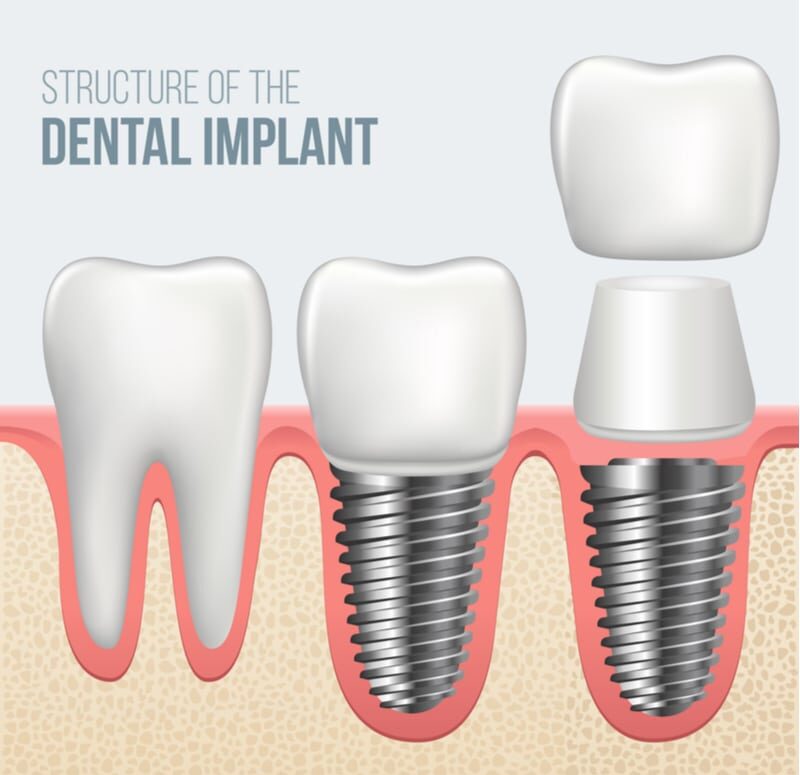
Dental implants offer a natural looking replacement for adult teeth. In addition, implants restore functionality to the jaw, making speaking, eating, and chewing easier. Most implants are comprised of a screw that is embedded into the bone and a post to which the prosthesis is attached.
Biomet 3i implants are unique because the micro surface of the cone-shaped screw contains an innovative bone-bonding component. This means that implants can be placed in areas with low bone density, sparing the patient the mess and misery of wearing poorly fitting dentures. Additionally, the bone-bonding component means quicker recovery time after the implant is placed.
Here are some of the other benefits associated with 3i implants:

